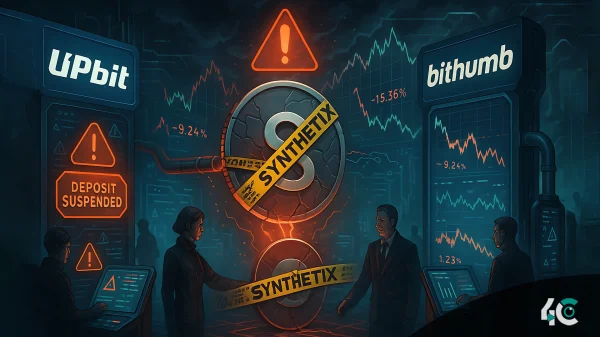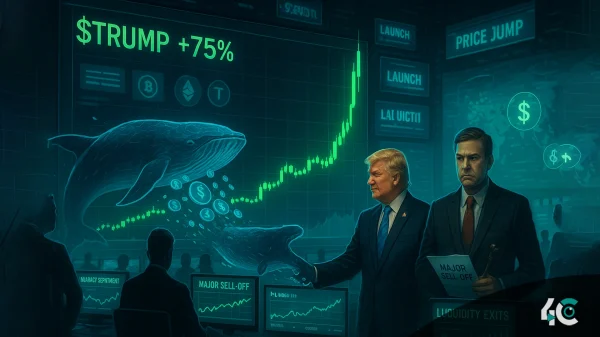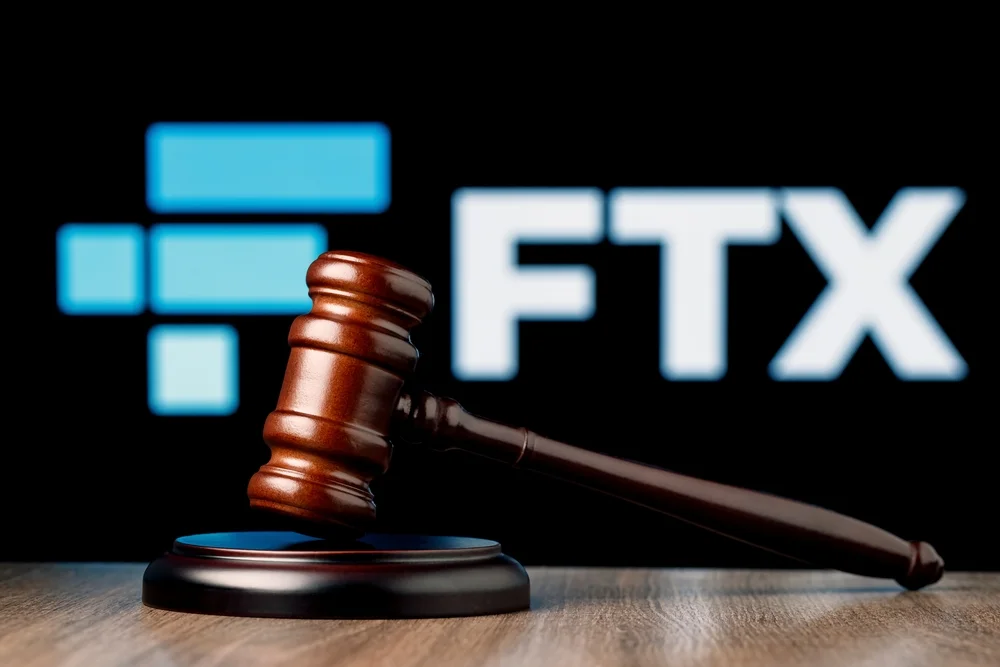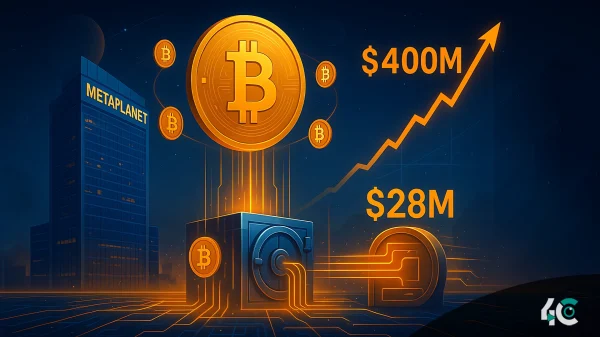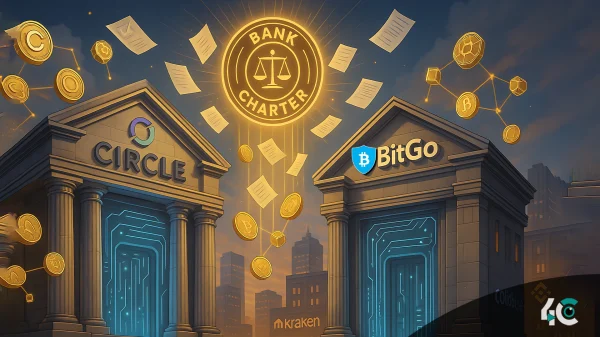On August 7, 2024, a pivotal decision was made by U.S. District Judge Peter Castel, who granted final approval to a $12.7 billion settlement between the defunct cryptocurrency exchange FTX, its affiliated trading firm Alameda Research, and the Commodity Futures Trading Commission (CFTC).
This resolution marks a significant milestone in the ongoing efforts to address the fallout from FTX’s dramatic collapse and its implications for the broader financial landscape. Details of the Settlement The settlement, initially agreed upon by the parties on July 12, 2024, represents a major step forward in the legal proceedings that have unfolded over the past 20 months. Unlike many legal settlements, this agreement does not include a civil monetary penalty. Instead, the entire $12.7 billion will be allocated directly to repaying FTX’s creditors, ensuring that the funds are used to address the financial losses experienced by those affected by the company’s failure. Under the terms of the settlement, FTX and Alameda are required to pay back $8.7 billion specifically to investors who were defrauded by the exchange’s founder, Sam Bankman-Fried. This amount reflects a substantial effort to compensate those who lost money due to misleading practices and fraudulent activities associated with the firm. In addition to this, the companies are mandated to forfeit an additional $4 billion, further enhancing the recovery efforts for creditors. Regulatory and Operational Implications The settlement includes a significant regulatory component beyond financial restitution.
Both FTX and Alameda are permanently banned from engaging in trading digital asset commodities and from representing third parties in such transactions. This permanent ban is designed to prevent any future misconduct related to commodity trading and to uphold the integrity of financial markets. The Commodity Futures Trading Commission (CFTC), having filed the lawsuit in December 2022, has emerged as the most significant creditor in FTX’s ongoing bankruptcy proceedings. This underscores the CFTC’s critical role in overseeing and regulating financial practices within the cryptocurrency sector.
The lawsuit alleged that FTX and Alameda had committed fraud and misrepresentation by promoting FTX as a legitimate digital commodity asset platform while engaging in deceptive practices. Impact on Bankruptcy Proceedings and Creditors In addition to the settlement, FTX’s bankruptcy reorganization plan is under scrutiny. This plan offers some level of recovery for smaller creditors and reflects the ongoing efforts to provide fair compensation amidst the financial upheaval. However, there is a notable divergence in how creditors prefer to receive their payments. While the proposed plan is based on U.S. dollar values, some creditors have expressed a desire for payment in cryptocurrency. This preference stems from the significant increase in the cryptocurrency market’s total market cap—approximately 150%—since FTX filed for Chapter 11 protection. Creditors have until August 16, 2024, to vote on whether they prefer to receive their compensation in fiat currency or cryptocurrency. This vote will play a crucial role in determining how the settlement funds are ultimately distributed.
The final decision on the payout method will be made by U.S. Bankruptcy Court Judge John Dorsey, with a ruling expected on October 7, 2024. Conclusion The approval of the $12.7 billion settlement by Judge Castel represents a landmark moment in the resolution of the FTX and Alameda legal saga. It not only addresses the immediate financial restitution for creditors but also imposes stringent regulatory measures to prevent future malpractices. As the process moves forward, the choices made by creditors and the court’s final decisions will shape the broader landscape of cryptocurrency regulation and financial recovery.



